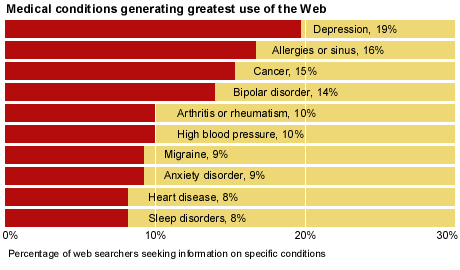
More and more doctors are using the Internet to improve efficiency, gain quick access to information and communicate with patients and colleagues.
Fam Pract Manag. 1999;6(6):50-51
The information superhighway is still in its infancy, yet many physicians are joining the streams of traffic merging from the on ramps of the Internet to travel the World Wide Web. While some information from the Net may not be completely reliable, savvy physicians are coming to realize that fighting this traffic is worth the effort. Their destination: quick access to information, better communication with patients and more efficient practices.
Physicians have been known as “slow adopters” of this technology, but the number now going online is a testament to their rising interest.
A jump in use
According to a 1999 survey by Healtheon Corp. (part of a three-year study of the computer needs and expectations of 10,000 physicians), regular online activity by physicians has increased 42 percent just in the last three months; 85 percent of the physician respondents said they used the Internet.
Why the sudden increase? There are probably many reasons, but among them would appear to be the need for greater efficiency and a general rise in consumer online activity.
Physician use. In this era of declining reimbursements and thinning wallets, physicians are being asked to practice more efficiently, and the Internet can be a great help. For example, the New York Board of Regents recently announced that New York doctors will be able to use e-mail (and faxes) to transmit prescription requests beginning this month. The Internet also has great promise as a tool for patient-records management, scheduling, patient education and claim submission, among other uses.
In another study of physician Internet use, FIND/SVP, a research and advisory service, reported that 65 percent of physicians think the Internet can enhance their access to clinical information and business news, although only 46 percent expect to find high-quality professional information online.
Despite some reservations about the quality of the content, many physicians have embraced this technology wholeheartedly. Thirty percent of the physicians surveyed by Healtheon already have web sites highlighting their practices, and 16 percent plan to develop them. Medical specialty organizations also are moving this direction: According to the Healtheon study, nearly a third of these groups have web sites.
Doctors also are increasing their use of e-mail. Sixty-three percent report using e-mail every day, says Healtheon, and 33 percent of respondents reported using e-mail to communicate with patients, a jump of 200 percent from the previous year.
Issues of security do linger. In the Healtheon survey, just over one third of the respondents indicated that security was a primary concern during e-mail and other Internet use. There is no federal legislation to protect health data privacy, and state laws offer uneven protection against inappropriate disclosure. Under the Health Insurance Portability and Accountability Act, Congress is given until August 1999 to enact privacy legislation.
Consumer surfing. The Web is also an important health resource for consumers. Of the 88 million adults in the United States currently searching the Internet, about 60 million looked for health information in 1998, according to a January survey by Louis Harris and Associates Inc. These “cyberchondriacs” were looking for information related to specific conditions, and nine out of 10 said their most recent health care searches were successful.
With thousands of medically related web sites out there, some of the available information is conflicting and incorrect. Fortunately, medical web enthusiasts often go to credible sources; 40 percent reported visiting medical societies, and 32 percent said they went to patient-advocacy or support-group sites, reports the Harris Poll (see “Subjects worth surfing”). And respondents said they returned most frequently to these sites because they were the most helpful.
Subjects worth surfing
Although patients use the Web to find a wide range of health information, some subjects elicit more visits than others.

Many consumers think the empowerment they derive from the Web allows them to be more involved in their medical decisions. As physicians respond to this source of patient information, they must learn how to guide their patients through it. By helping patients find accurate information, physicians can help them stay healthier — and increase patient confidence.